How one mother’s quest to catch Golden State Killer became her obsession
MICHELLE McNamara hunted a serial killer on her laptop after dark. Today, 40 years after he began killing, police made an arrest.
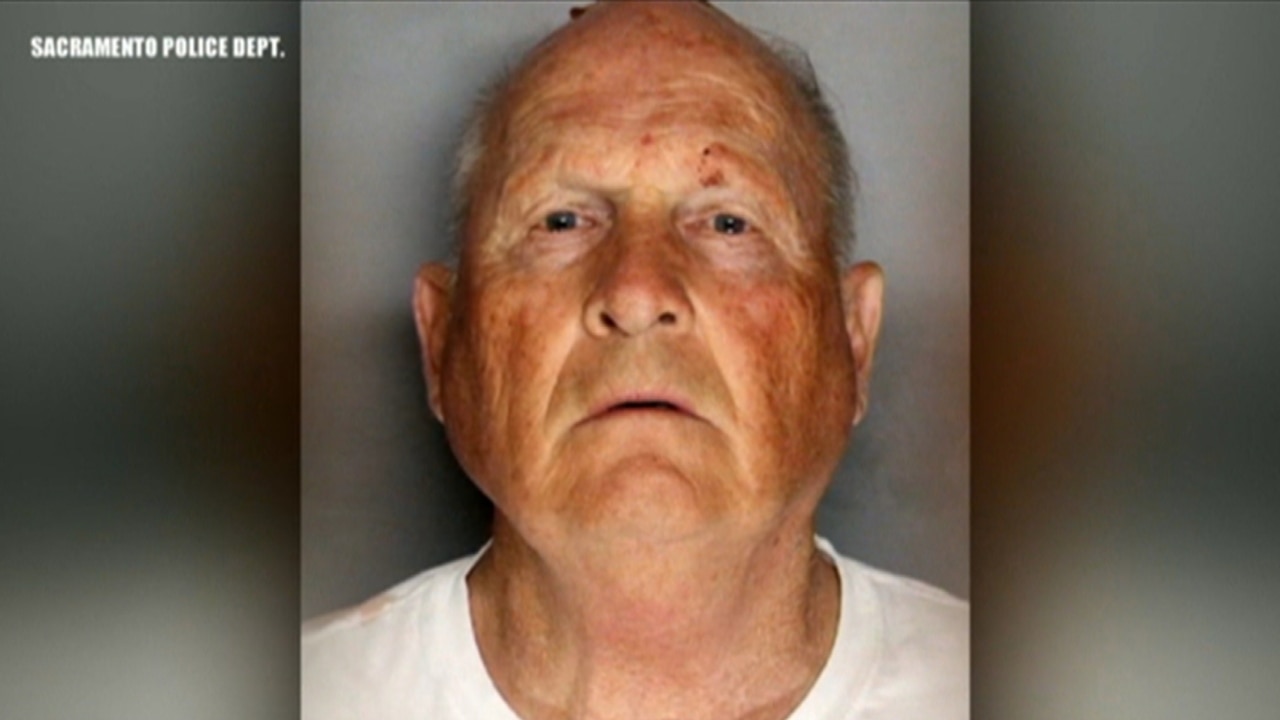
AT NIGHT, after tucking her daughter into bed, Michelle McNamara brushed her teeth, put on her pyjamas and got ready for part two of her double life.
During the day she was a doting mother and wife but at night she tracked one of America’s most prolific — and elusive — serial killers.
Behind her 15-inch laptop in downtown Los Angeles, McNamara spent countless hours doing the work police didn’t have time to do. She refused to let a cold case stay cold forever.
McNamara pored over autopsy reports and crime scene photographs and 1970s-era police files chasing the Golden State Killer, a man who carried out 12 murders and almost 50 rapes over two decades before disappearing without a trace in 1986.
McNamara published her findings on the True Crime Diary website and later wrote them down in more detail in the book I’ll Be Gone In The Dark, published last month.
On Wednesday, police believe they got their man — a 72-year-old Vietnam War veteran and former police officer named Joseph James DeAngelo. If McNamara didn’t lead them to his tidy, suburban doorstep, she certainly helped.
Sadly, the author isn’t around to see the killer caught. She died, aged 46, in her sleep in April, 2016. Her husband, comedian and actor Patton Oswalt, made it his mission to get his late wife’s book published. It made The New York Times’ bestseller list and, on Thursday, Oswalt wrote on Twitter: “I hope you got him, Michelle. I hope they got him.”
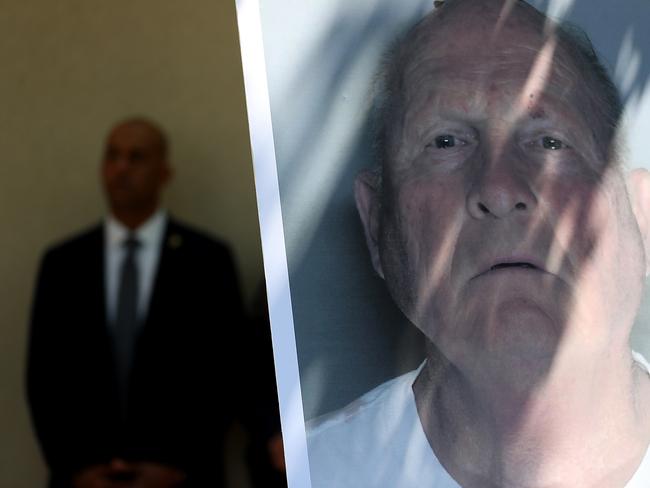
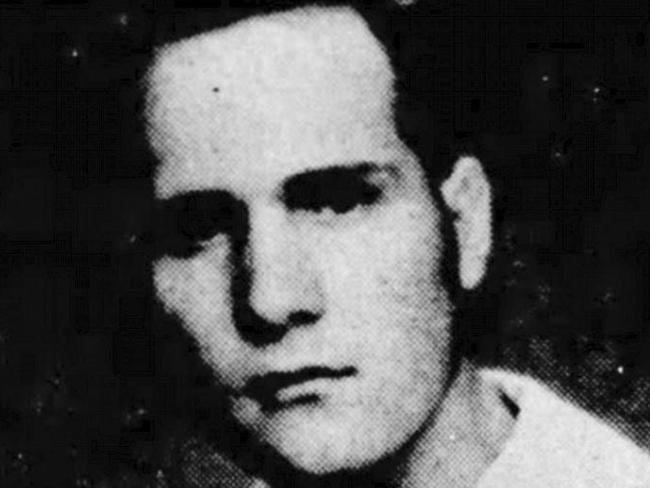
FINDING A NEEDLE IN A HAYSTACK
Mr DeAngelo maintained a neat lawn and mostly kept to himself inside his Citrus Heights home where police came knocking almost 40 years after he allegedly began his crime spree.
Police say they finally have the man known around the country as the Golden State Killer, the East Area Rapist and the Original Stalker.
Police say he entered homes up and down the coast armed with a gun and wearing a balaclava while single women or couples were sleeping. The killer sometimes tied up the man and piled dishes on his back, then raped the woman while threatening to kill them both if the dishes tumbled.
He often took souvenirs, notably coins and jewellery, from his victims, who ranged in age from 13 to 41.
Police used DNA to finally track down Mr DeAngelo and tie him to the sadistic crime spree but refused to give specifics about how it was collected or matched to the suspect. They admitted that despite decades of work, Mr DeAngelo’s name had not been on authorities’ radar before last week.
“We knew we were looking for a needle in a haystack, but we also knew that needle was there,” District Attorney Anne Marie Schubert said.
“We found the needle in the haystack ... the answer was always going to be in the DNA.”
Mr DeAngelo was fired from the Auburn Police Department, two hours north of Sacramento, in 1979 after he was arrested for stealing a can of dog repellent and a hammer from a drugstore.
Jane Carson-Sandler, who was sexually assaulted in California in 1976 by a man believed to be the so-called “East Area Rapist”, said she received an email on Wednesday from a retired detective who worked on the case telling her they have identified the suspected rapist and he’s in custody.
“I have just been overjoyed, ecstatic. It’s an emotional rollercoaster right now,” Carson-Sandler, who now lives near Hilton Head, South Carolina, told The Associated Press in a telephone interview.
“I feel like I’m in the middle of a dream and I’m going to wake up and it’s not going to be true. It’s just so nice to have closure and to know he’s in jail.”
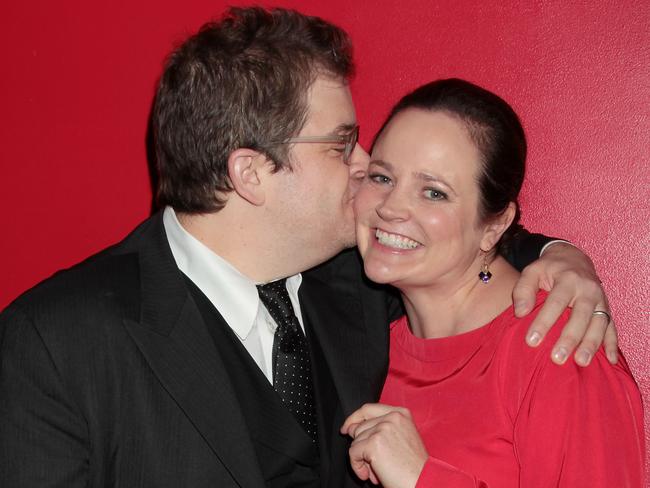

‘THE FLASHLIGHT’S BLAZE FORCED OPEN THEIR EYES’
In her book, McNamara describes in detail the methods the Golden State Killer used when preying on his victims. She says he was meticulous: disabling porch lights and entering through unlocked sliding doors.
“Precision and self-preservation were his identifying features,” she wrote. “When he zeroed in on a victim, he often entered the home beforehand when no one was there, studying family pictures, learning the layout.
“He emptied bullets from guns. Unworried homeowners’ closed gates were left open; pictures he moved were put back, chalked up to the disorder of daily life. The victims slept untroubled until the flashlight’s blaze forced open their eyes. Blindness disoriented them. Sleepy minds lumbered, then raced. A figure they couldn’t see wielded the light, but who, and why?
“Their fear found direction when they heard the voice, described as a guttural whisper through clenched teeth, abrupt and threatening, though some detected an occasional lapse into a higher pitch, a tremble, a stutter, as if the masked stranger in the dark was hiding not only his face but also a raw unsteadiness he couldn’t always disguise.”

For her, chasing the Golden State Killer wasn’t just a hobby. Unsolved murders were something she’d been interested in since she was 14 when a neighbour was murdered. She had everything she needed in that laptop once public records came online along with sophisticated search engines.
“I recognised how a head full of crime details could intersect with an empty search bar,” she wrote.
“When my family goes to sleep, I time travel and reframe stale evidence using 21st-century technology. I start clicking, scouring the internet for digital clues authorities may have overlooked, combing digitised phone books, yearbooks and Google Earth views of crime scenes — a bottomless pit of potential leads for the laptop investigator who now exists in the virtual world.”
Police on Thursday acknowledged McNamara’s body of work but stopped short of saying she led them to Mr DeAngelo.
“It kept interest and tips coming in,” Sacramento County Sheriff Scott Jones said.
Oswald responded on Twitter: “The cops will NEVER and HAVE NEVER credited a writer or journalist for helping them solve a case.”
He said his wife “didn’t care about getting any shine on herself ... she cared about the Golden State Killer being behind bars and the victims getting some relief”.
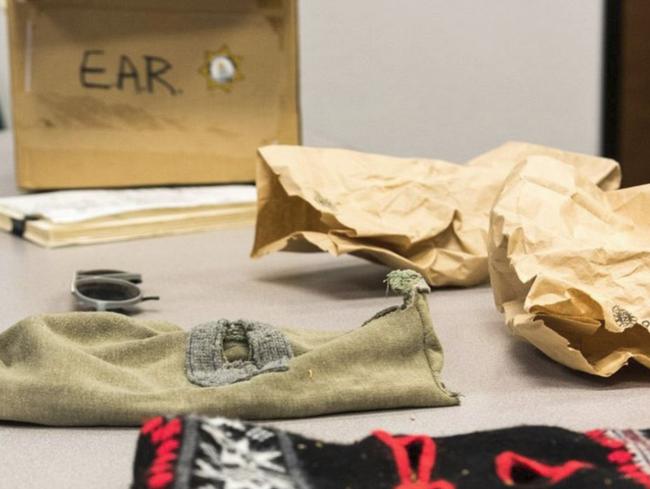
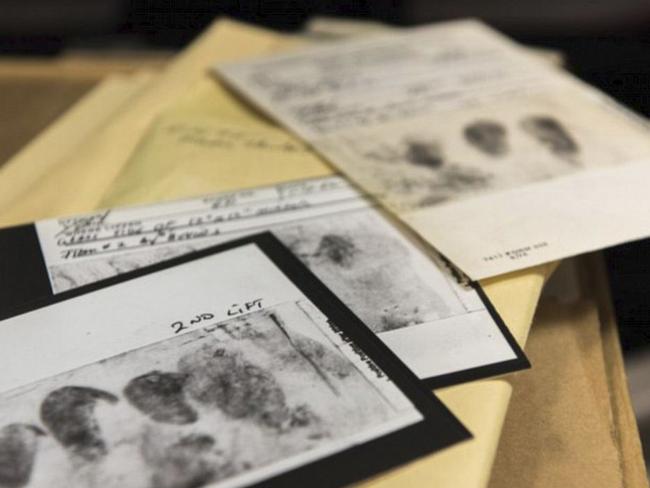
‘HE COULD’VE HOPPED THE FENCE INTO MY BACKYARD’
Neighbours described their terror at discovering they were living next to or nearby the number one suspect in 12 murders.
“It’s terrifying to think this man could have hopped the fence and come into my backyard. I have children,” Beth Walsh, who lives behind Mr DeAngelo, told the Sacramento Bee.
“I’m glad to know they caught this guy.”
Another neighbour, Cory Harvey, said Mr DeAngelo lived with a daughter and granddaughter and is divorced. She said DeAngelo told her and her husband that he retired two weeks ago and was planning on doing a “lot of fishing”.
Mrs Harvey said he often lost his temper. She called it a “quirkiness of getting mad” and more than once heard him swearing.
Kevin Tapia said that when he was a teenager Mr DeAngelo falsely accused him of throwing things over their shared fence, prompting a heated exchange between the pair.
Mr Tapia’s father said Mr DeAngelo could often be heard swearing in frustration in his backyard.
“No one thinks they live next door to a serial killer,” Mr Tapia said. “But at the same time I’m just like, he was a weird guy. He kept to himself. When you start to think about it, you’re like, I could see him doing something like that but I would never suspect it.”
Another neighbour, Eddie Verdon, said he once had a stare-down with Mr DeAngelo after catching him prowling on his property.
“I had the creeps about this guy for a long time,” he said.
— With AP




